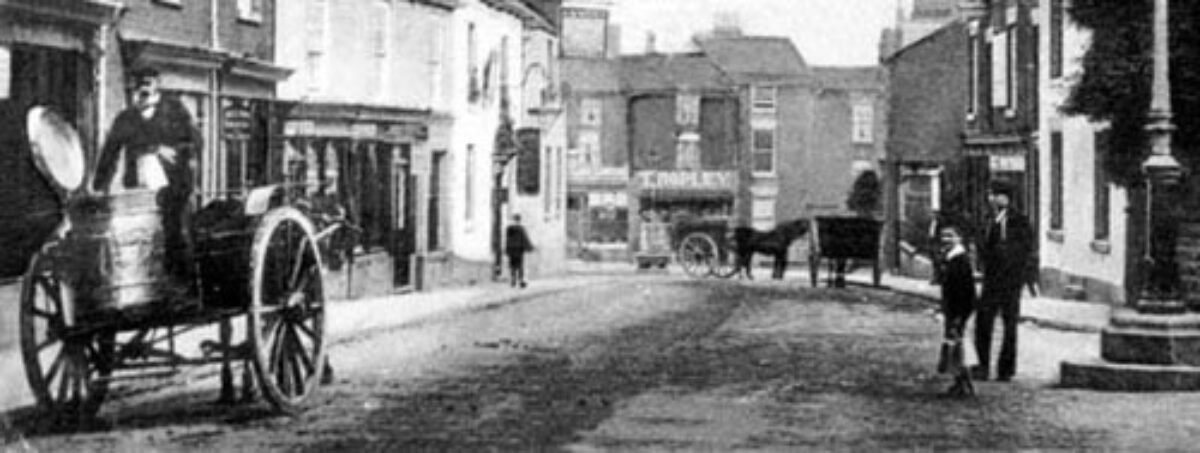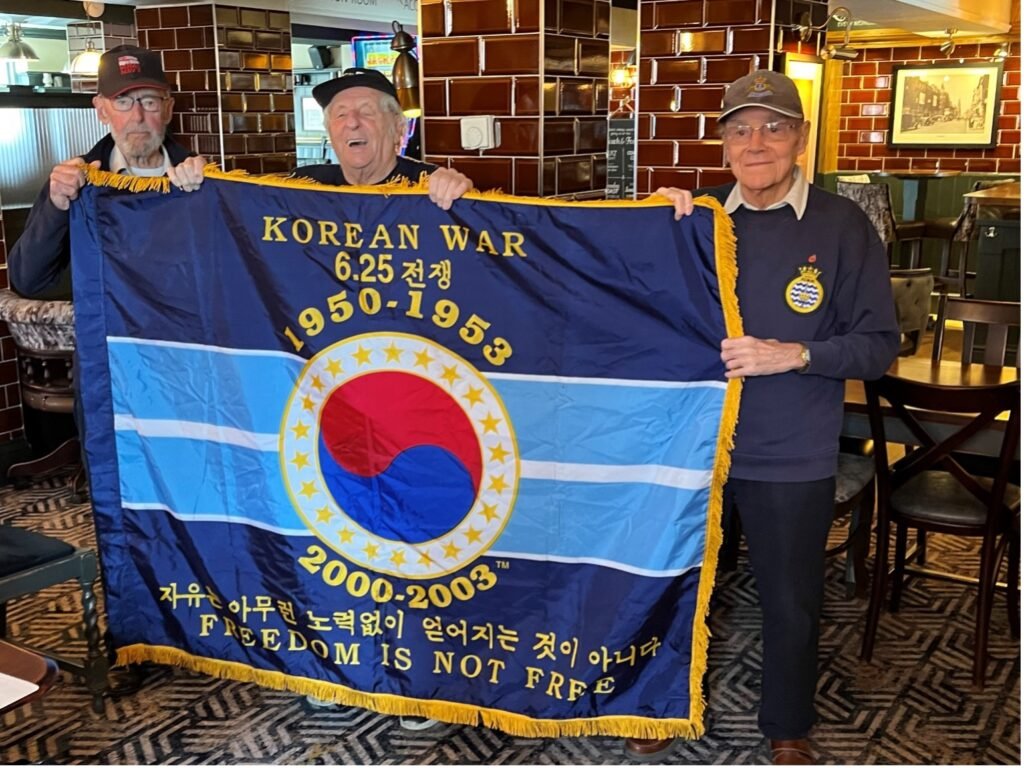
Wilmslow Korean War group with their flag bearing the Korean Taegeuk symbol
To remember the Korean War a group of local War Fleet Air Arm veterans, Mike, Bernie and Derek continue to meet every couple of weeks in Wilmslow. One served in Korea, another helped to supply our efforts there and another was in the Med.
The Korean War started on 25 June 1950 and lasted until 27 July 1953. Communist North Koreans and later Chinese supported by the Soviet Union poured across the 38th parallel. The US and United Nations hastily came to the aid of the pro-Western Republic of Korea to the south.
The “forgotten war” ended in a stalemate and resulted in 5 million civilian and soldier deaths altogether. The Korean peninsula remains divided today and is still a source of global disquiet. There were 56,000 British involved and we lost 1,078, 886 of whom are buried in Busan, South Korea.
There was no formal peace treaty, just an armistice. A 2-mile Demilitarized Zone still divides the peninsula and tensions remain high.
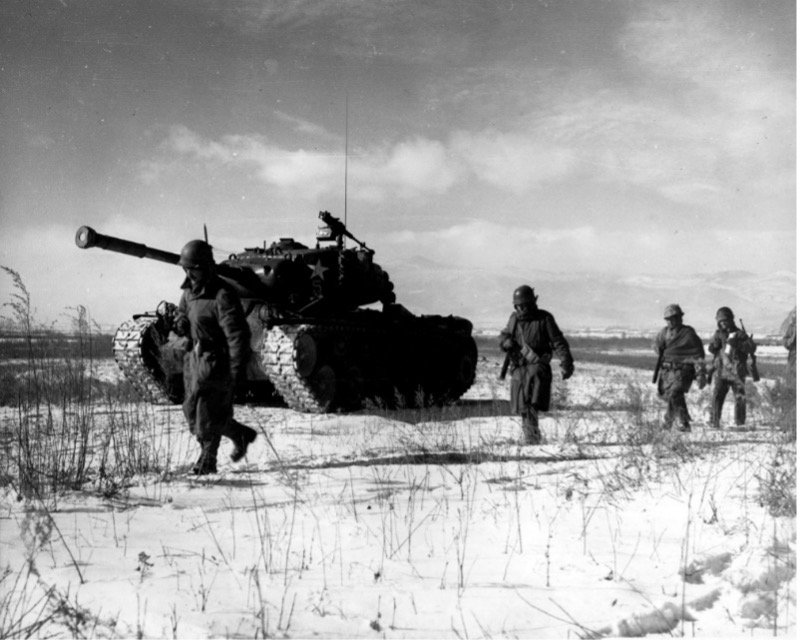
American Troops advance in wintry conditions
The eldest of the Wilmslow Group is Bernie Cohen. He is now 93 and hails from Moss Side. He joined up as a regular in the Fleet Air Arm for seven and a half years in 1948 attaining the rank of Naval Airman I. He said “In Korea I never went ashore but served on the carrier HMS Glory, carrying aircraft to shell and rocket the enemy. The wintry weather conditions were as appalling as those in the Arctic Sea in WWII. Seas were rough and a number of men were lost overboard. After the war, I joined Kellogg’s as a printer and was a chief shop steward. “
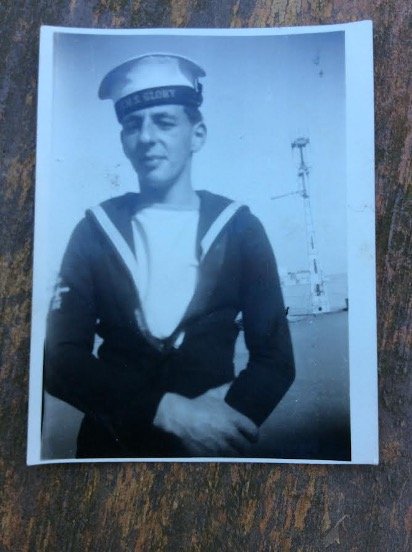
Bernie on HMS Glory
Bernie now resides in Northenden. For many years he was the President of the HMS Glory Association and was frequently invited to Canada, USA and Australia for reunions.
Mike Ramsey of Wilmslow is now 88 years old, he originally hailed from Manchester. He said, “I was called up for National Service in the Fleet Air Arm as an 18-year-old, serving on the carrier HMS Perseus and HMS Bulwark as a Naval Airman 1st Class.”
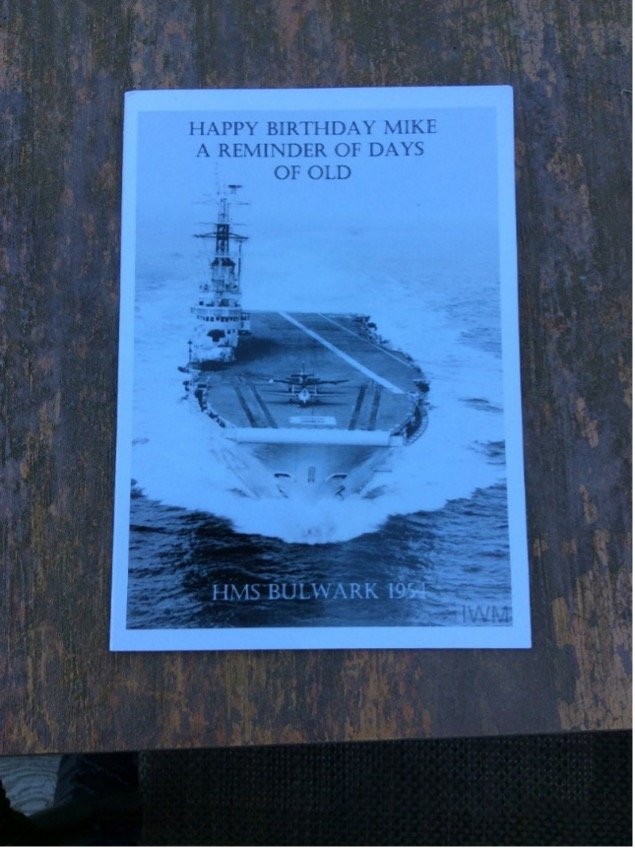
A birthday card made for Mike from a photo of HMS Bulwark.

An open day in 1954 on HMS Bulwark in the Baltic with Mike far left.
He said “We were part of the group which went to Norfolk, Virginia USA to collect and then take to Korea some Grumman torpedo bombers Avengers and also Sting Raiders.
On Bulwark my duties as “Aircraft Handler” involved flight and hanger work including aircraft Catapult and Catch. After my national service I joined the scotch whisky industry and became Regional Export Director to Central, South America and the Caribbean for a major scotch whisky company.”
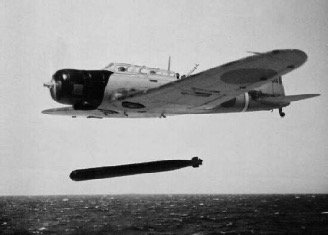
A Gruman Avenger torpedo bomber.
The third gentleman, Derek Pay (aged 90) lives close by in Wilmslow. He said, “We left school at fifteen, virtually all my classmates were called up for National Service in the Leicestershire Infantry Regiment but served in Korea with the Black Watch and fought at the battle of Imjim River one captured, one wounded.”
“My National Service was deferred until I was 21 until I had finished an apprenticeship as an electrical engineer in Leicestershire. So, I never served in Korea but I led a group of men as a highly skilled Artificer looking after generators, lathes and other mechanical and electrical equipment. “
“Our team cruised the Med, Malta and Suez as well as the Baltic. I was drafted to HMS Thesus on her return from Korean Carrier for a refit. Once I was demobbed, I worked in Marston Green on the first transistors and semi-conductors.”
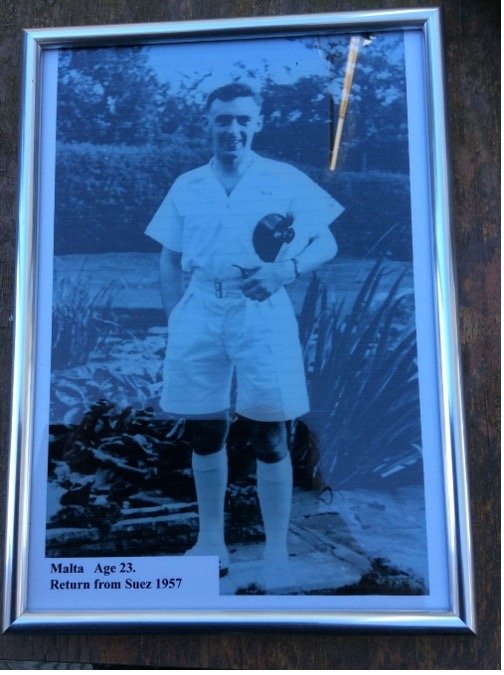
Derek looking very smart in his uniform.
So, what was the Fleet Air Arm?
The Fleet Air Arm provided (and still provides) the aviation for the Royal Navy most famously in the Battle of Taranto and in crippling the Bismarck – both in WW2.
The aircraft carriers HMS Glory together with HMS Thesus, HMS Ocean and the Australian carrier HMAS Sydney were part of the British Commonwealth Forces contribution. They carried Sea Fury aircraft, the world’s fastest propellor driven aircraft.
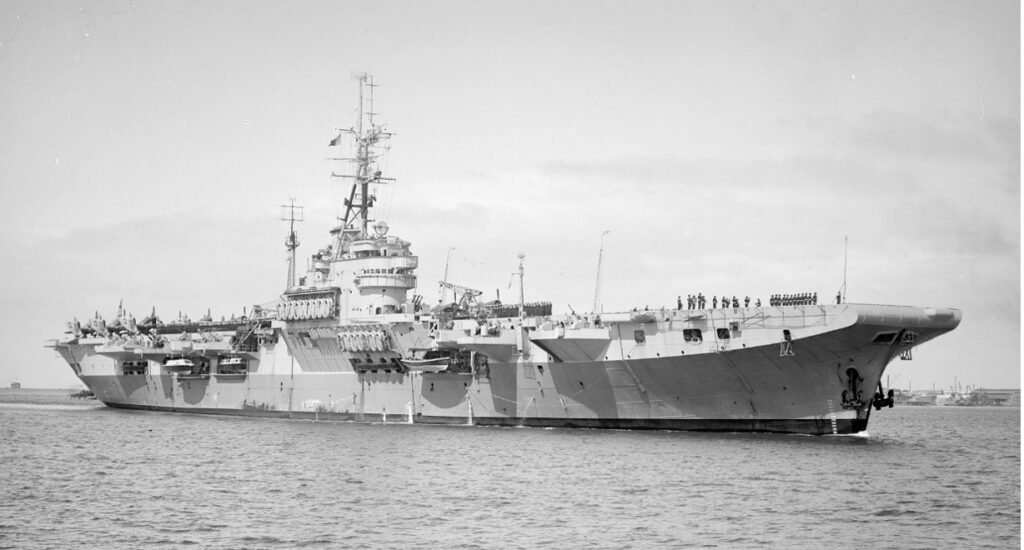
Glory had a very active Korean deployment; it started in April 1951 with 804 Naval Air Squadron for the first of three wartime deployments. The first deployment ended in September 1951 and Glory was back on station from January to May 1952 and November 1952 to May 1953. For the rest of the war Glory and Ocean relieved each other on duty.
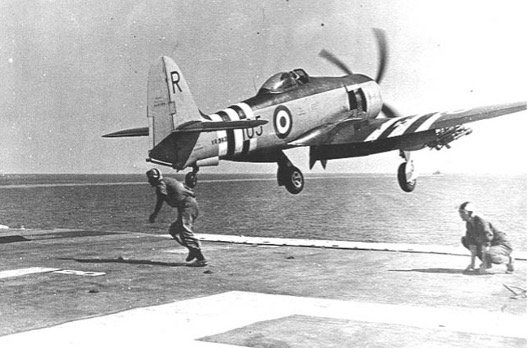
In this photograph a Hawker Sea Fury FB.11 fighter (s/n VR943) of No. 804 Squadron, Fleet Air Arm, is catapulted from the British light fleet aircraft carrier HMS Glory (R62), during Korean war operations circa June 1951. Bernie said, “one of my jobs was to pull the chocks away from the wheels as the plane took off, he said you had to roll away to avoid the propellor taking your head off.”
The Sea Furies conducted ground attack strikes on bridges, airfields, and railways to disrupt North Korean logistics, and also performed air patrols.
The Aircraft and the British Pilots in Korea
The war was the first in which jet aircraft played the central role in air combat with the once-formidable WW2 piston-engined propellor-driven fighters such as the P-51 Mustang, and Hawker Sea Fury relinquishing their air-superiority roles to faster, jet-powered fighters. The jets of the time were considerably less effective at low speeds than propeller aircraft so the high-powered prop aircraft still flew alongside the new jets despite being woefully outpowered.
RAF pilots with No.77 Squadron RAAF flew Gloster Meteors but the Chinese intervention in late October 1950 saw the arrival of the MiG-15 in 1952, one of the world’s most advanced jet fighters. The Meteors were easily out-classed by the more powerful and more agile MiGS and were then relegated to ground-attack missions so the USAF countered the MiGS by sending over three squadrons of its most capable fighter, the F-86 Sabre.
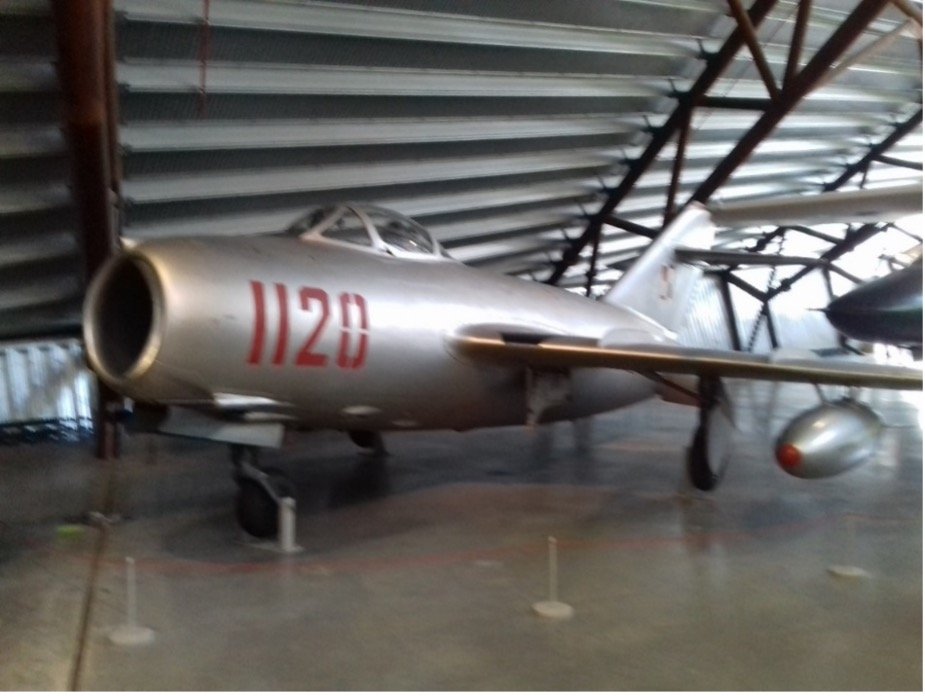
Photo: a MIG at RAF Museum, Cosford.
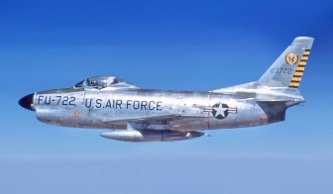
Photo: A US Sabre Jet deployed to counter the MiG.
On 8 August 1952, Lieutenant Peter “Hoagy” Carmichael, of 802 Squadron, flying Sea Fury WJ232 from HMS Ocean, was credited with shooting down a MiG-15, marking him as one of only a few pilots of a propeller-driven aircraft to shoot down a jet during the Korean War. He claimed that he observed hitting the MiG-15 when it overshot his aircraft with its air brakes deployed.
There is a Sea Fury in Fleet Air Arm Museum is in Yeovilton, it is well worth a visit. Examples of Sabres and MiGs are in the RAF museum Cosford.
Recognising Service
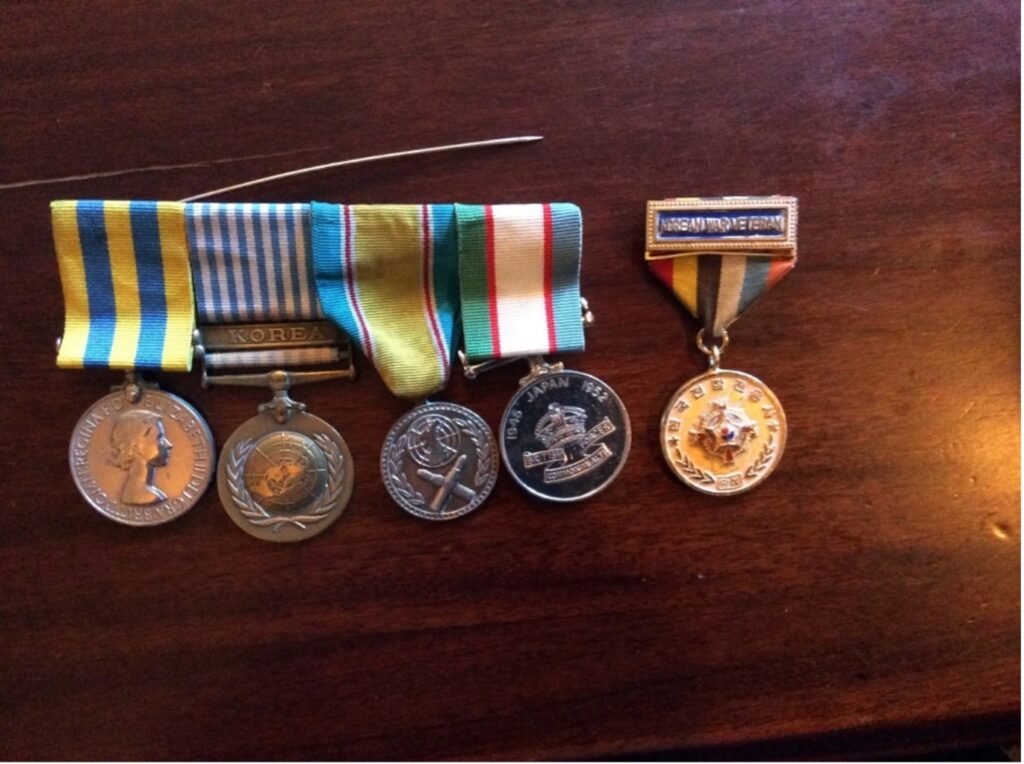
Bernie still proudly has his medals, picured left to right they are:
- Korea Medal 1950-53, aka Queens Korea Medal (Dei Gratia Type) with bust of Queen Elizabeth II with Hercules fighting the nine headed monster.
- The United Nations Service Medal Korea, established December 1950 as the first international award ever created by the United Nations.
- Korean War Service Medal 사변종군기장. (KWSM) issued by the Korean Government.
- British and Commonwealth Force Medal, Japan.
- Korean War Veterans Medal the from Korean Government
Korean Recognition
The Korean Government recognised the contribution of the United Nations troops by awarding medals and latterley by funding trips to Korea by veterans and by letters of appreciation.

A banner presented to the veterans. The Letter says “on the event of the 70th aniversary of the war “ We would our sincere appreciation for your sacrifice made to preserve the peace of the Korean Republic.”
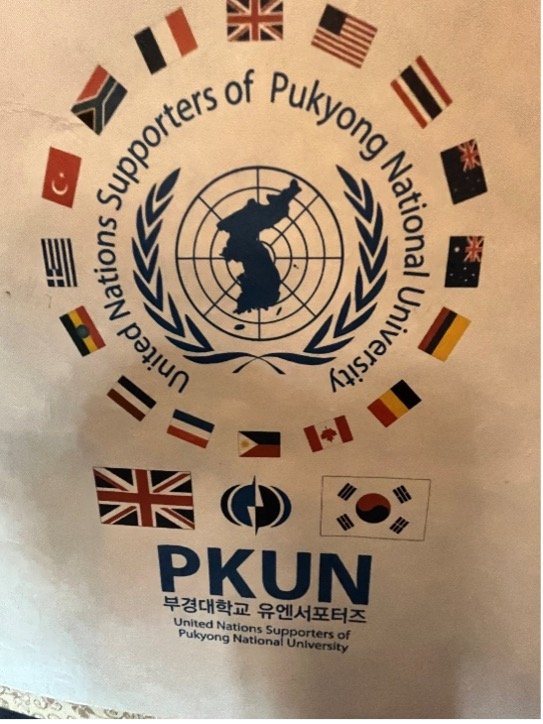
Close up of the banner.
Fleet Air Arm in Cheshire
Most surprisingly Cheshire had a Fleet Air Arm station. The aerodrome HMS Blackcap was located 3 miles South East of Warrington. Originally buit as an R.A.F. fighter station with three runways and a control tower it became Blackcap in 1941 with 3 Seafires and 3 Fulmars and a compliment of 1462. It was responsible for 75% of all Naval Aircraft, storage and modifications. Forty one different squadrons were stationed there from 1942 until it closure in 1958.
Memorials (Please see appendix 1)
There are two memorials to the Fleet Arm Arm at the National Arboretum. .
A memorial to the British soldiers in the Korean War was unveiled in Victoria Embankment Gardens on 3 December 2014. The memorial, a bronze statue of a British soldier by the sculptor Philip Jackson, with a Portland stone obelisk on a Welsh slate base, was a gift from the Government of South Korea
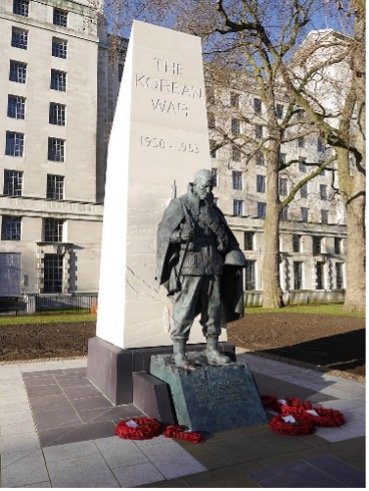
Thanks
Despite its reputation as ‘the Forgotten War’, nearly 60,000 UK Armed Forces personnel served in Korea, alongside approximately 50,000 personnel from across the Commonwealth.
Wilmslow Historical Society sincerely thank Fleet Air Arm Veterans, Bernie, Mike and Derek for their kind help with this article.
Jon Kelly and Alan Cooper. 12/04/2024
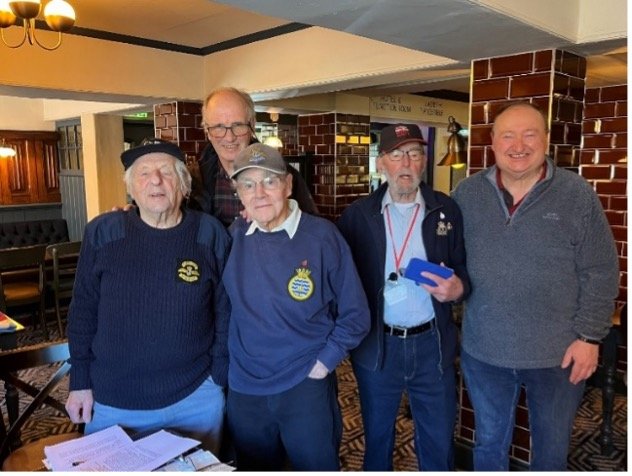
Wilmslow Historical Society Members, Alan and, Jon meet the veterans.
References
The British Korean War Veterans Association. RAF Museum Cosford
The Royal Naval Historic Flight at RNAS Yeovilton. Fleet Air Arm Museum
Fleet Air Arm Memorial , The National Arboretum.
Fleet Air Arm British Pacific and East Indies Fleet Aircrew Memorial , The National Arboretum.
Appendix 1: National Arboretum
Website article published 23 July 2023
“Shortly after sunrise this morning, the lament of a lone piper could be heard across the 150-acre National Memorial Arboretum in Staffordshire, as the Nation’s year-round place to Remember marked the 70th anniversary since the signing of an armistice that brought an end to the Korean War.
The sombre melodies of Lance Sergeant Douglas Warren from F Company, The Scots Guards were a poignant tribute to the 1,100 Armed Forces personnel that were killed during the 3-year conflict, and signalled the start of a day of Remembrance that will culminate with Remembering Korea – 70 years on, a special Royal British Legion commemorative event in London later today.
Gathered at both the British Korean Veterans Association Memorial Garden, and the Armed Forces Memorial, representatives of the Royal Navy, British Army, Royal Air Force laid wreaths in memory of the fallen and to honour the service and sacrifice of all Korean War veterans.
Despite its reputation as ‘the Forgotten War’, nearly 60,000 UK Armed Forces personnel served in Korea, alongside approximately 50,000 personnel from across the Commonwealth, and it remains the UK Armed Forces deadliest conflict since the Second World War. The names of the 1,100 Armed Forces personnel killed during the conflict are inscribed on the gigantic Portland stone of the iconic Armed Forces Memorial at the heart of the Arboretum.
“While the Korean War is now often referred to as ‘the Forgotten War’, the invaluable contributions made by all who served and 1,100 personnel who made the ultimate sacrifice will forever be remembered at the National Memorial Arboretum,” said Philippa Rawlinson, Director of the National Memorial Arboretum and Director of Remembrance at RBL. “The legacy of the 110,000 British and Commonwealth Armed Forces personnel who served is preserved within our memorials, ensuring that we can pass the baton of Remembrance to future generations and that these incredible stories of service and sacrifice will never be forgotten.”
Ends.
WILMSLOW HISTORICAL SOCIETY
